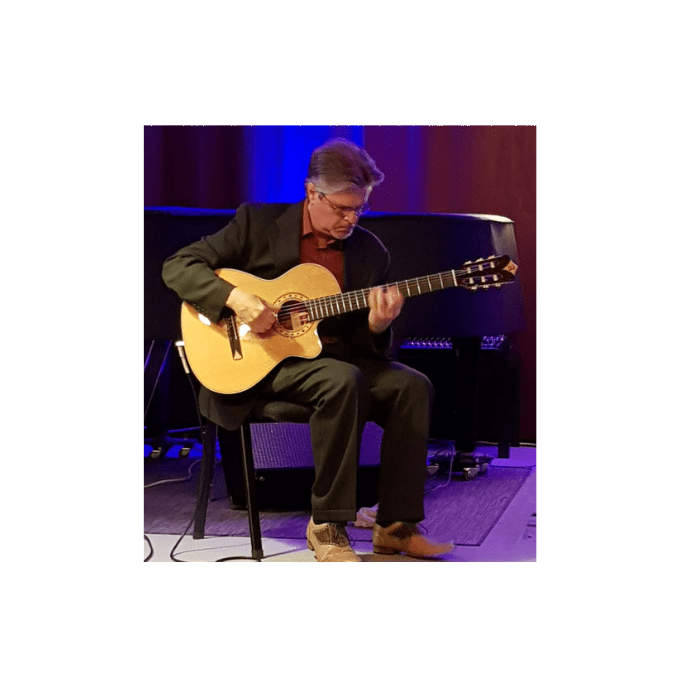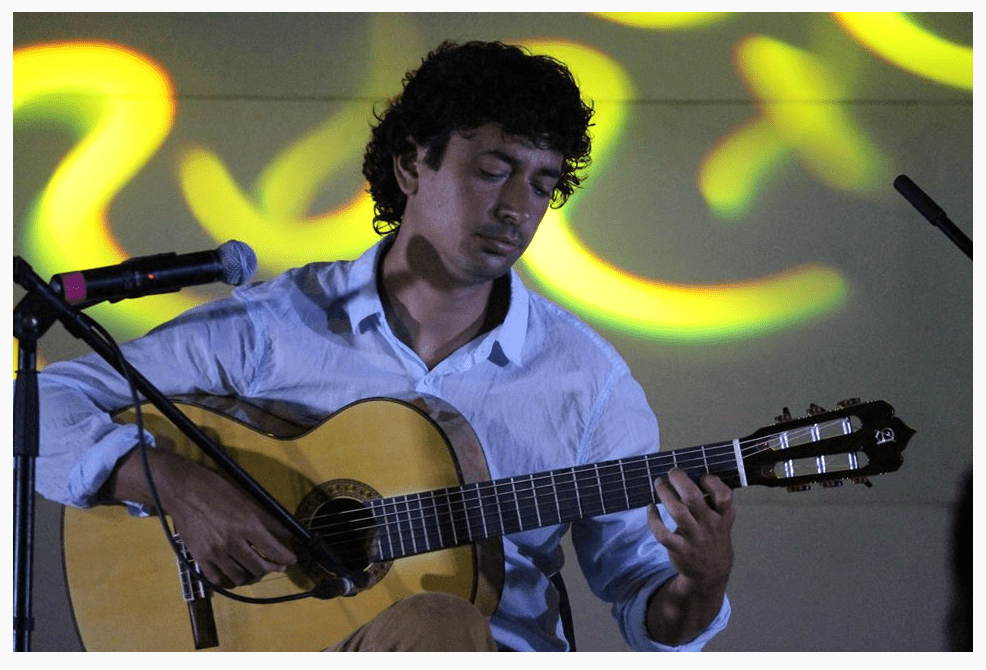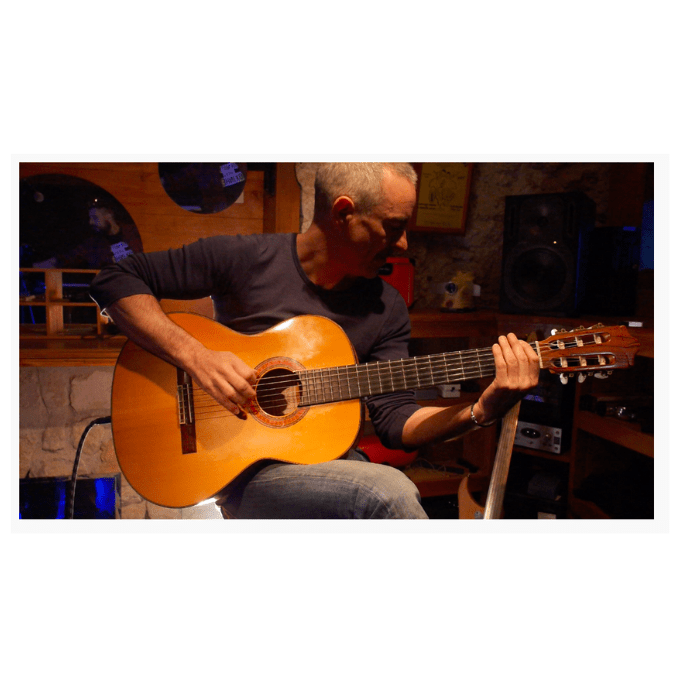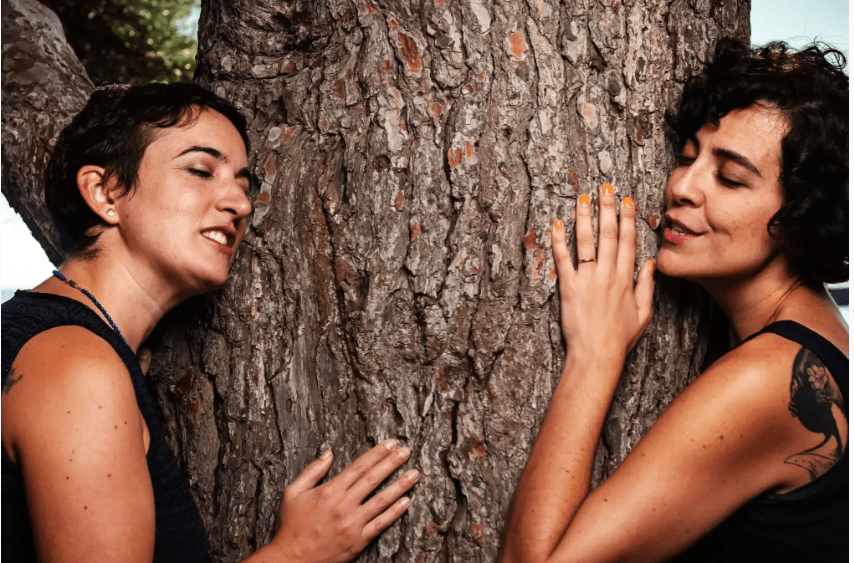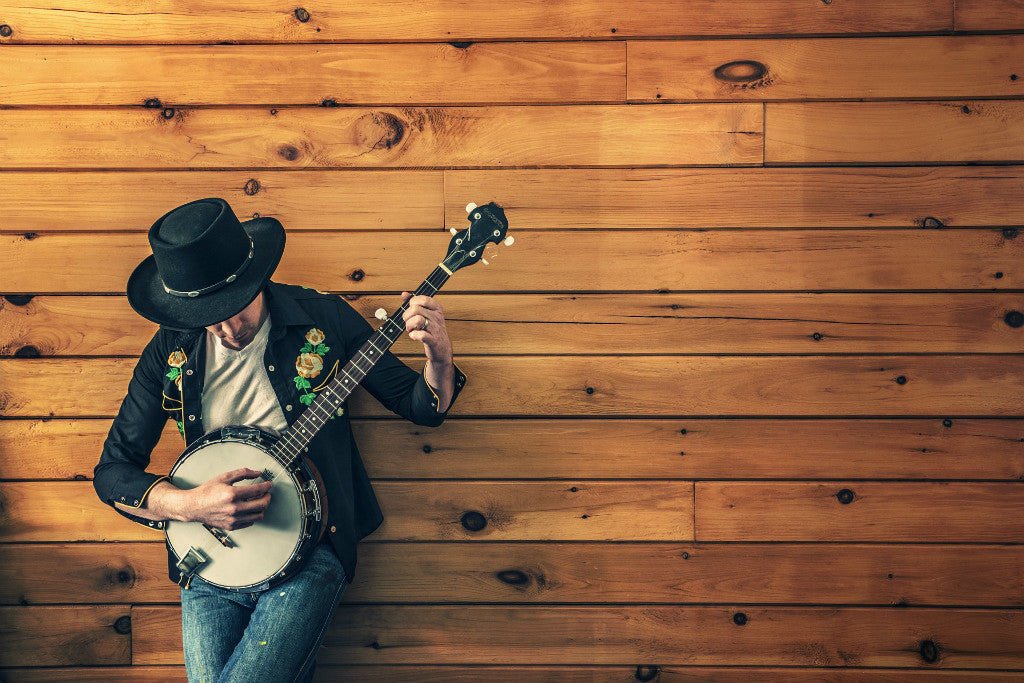
A brief look at the history of country music and its passion for classical guitar.
Its rich ranchero and folkloric rhythms go perfectly with the Spanish guitar, and thanks to American films, everyone knows country music for its Texan dances, where young women in boots and cowboys in hats dance together. This musical genre originated in the 1920s in the rural areas of the southern United States. Traditionally, country music was music for classical guitar, banjo, violin, and double bass. Other highly appreciated instruments in these melodies are the accordion and harmonica. Over the years, a taste for the electric guitar and keyboard has been introduced into country music, but what hasn't changed is its vocation to tell everyday, emotional stories that reach the listener through both its lyrics and its melodies. Among the most notable names in its history are the Carter Family, the first to record a country song, a genre that was popular thanks to the radio and Vernon Dalhart, Deford Bailey, The Skillet Lickers, and the great Jimmie Rodgers, a Mississippi train conductor whose greatest hit, "T For Texas," is still remembered, and who, along with the Carters, is considered the father of country music. Just as it has modernized its use of the classical guitar with electric guitar, country music has evolved to the present day. The most significant leap came in the 1960s, when the industry concentrated in Nashville and brought its melodies closer to pop and other genres, making them catchier and easier to play on the guitar. Image


